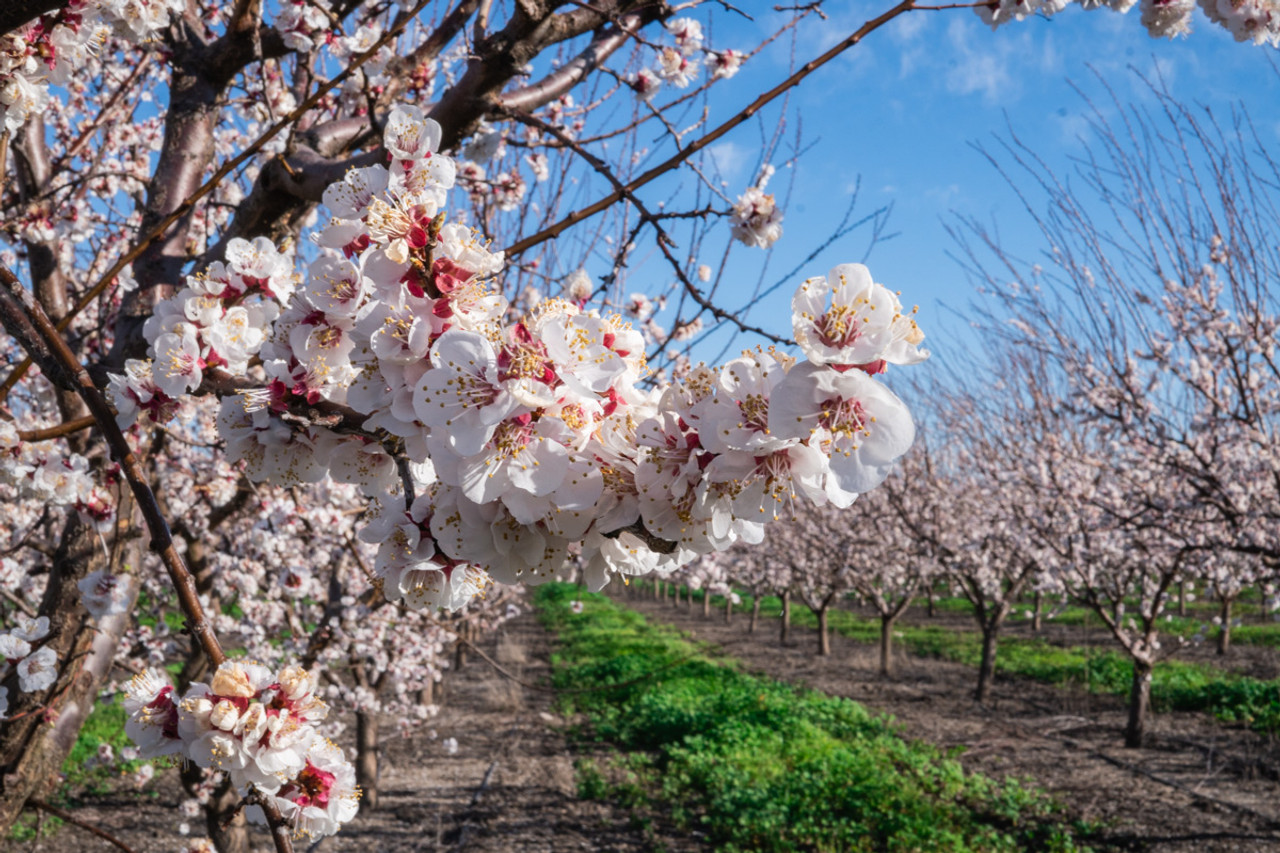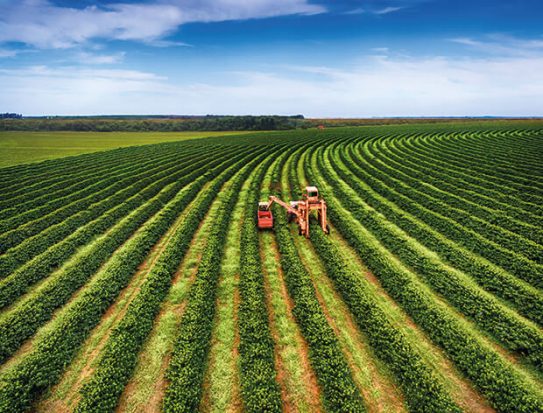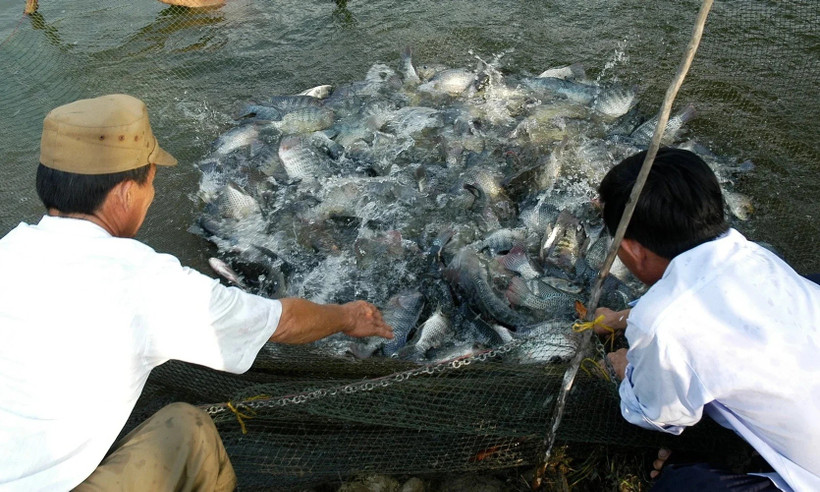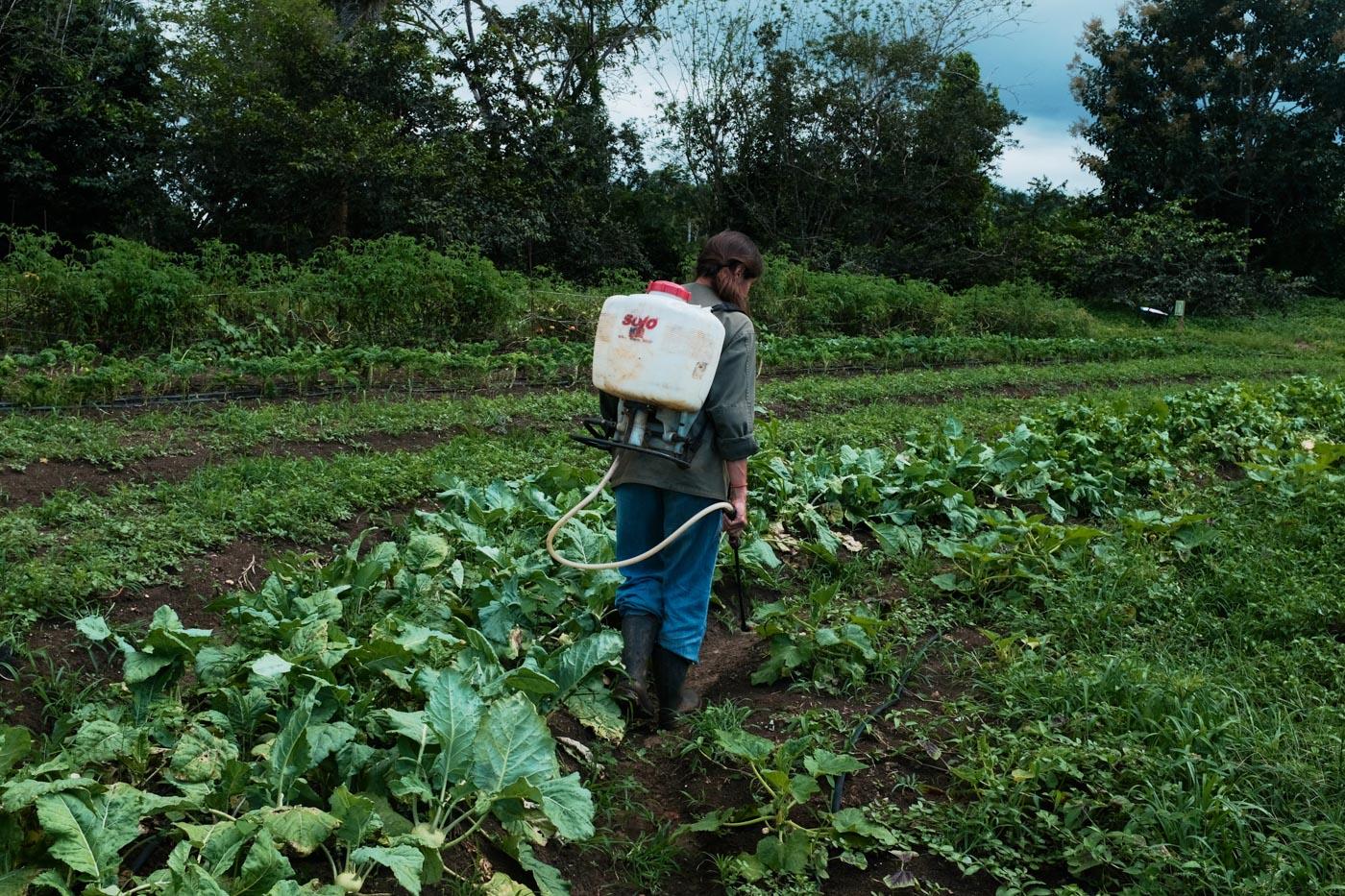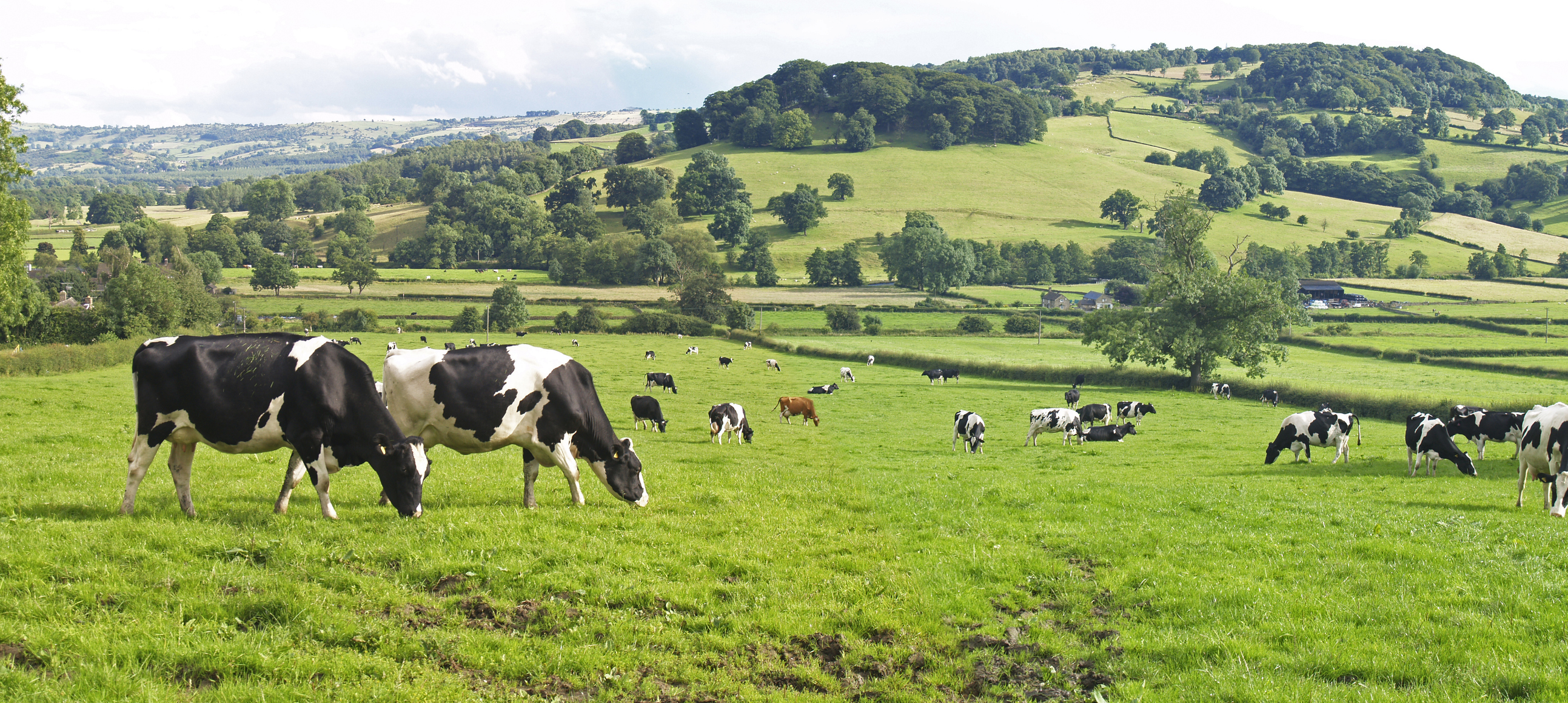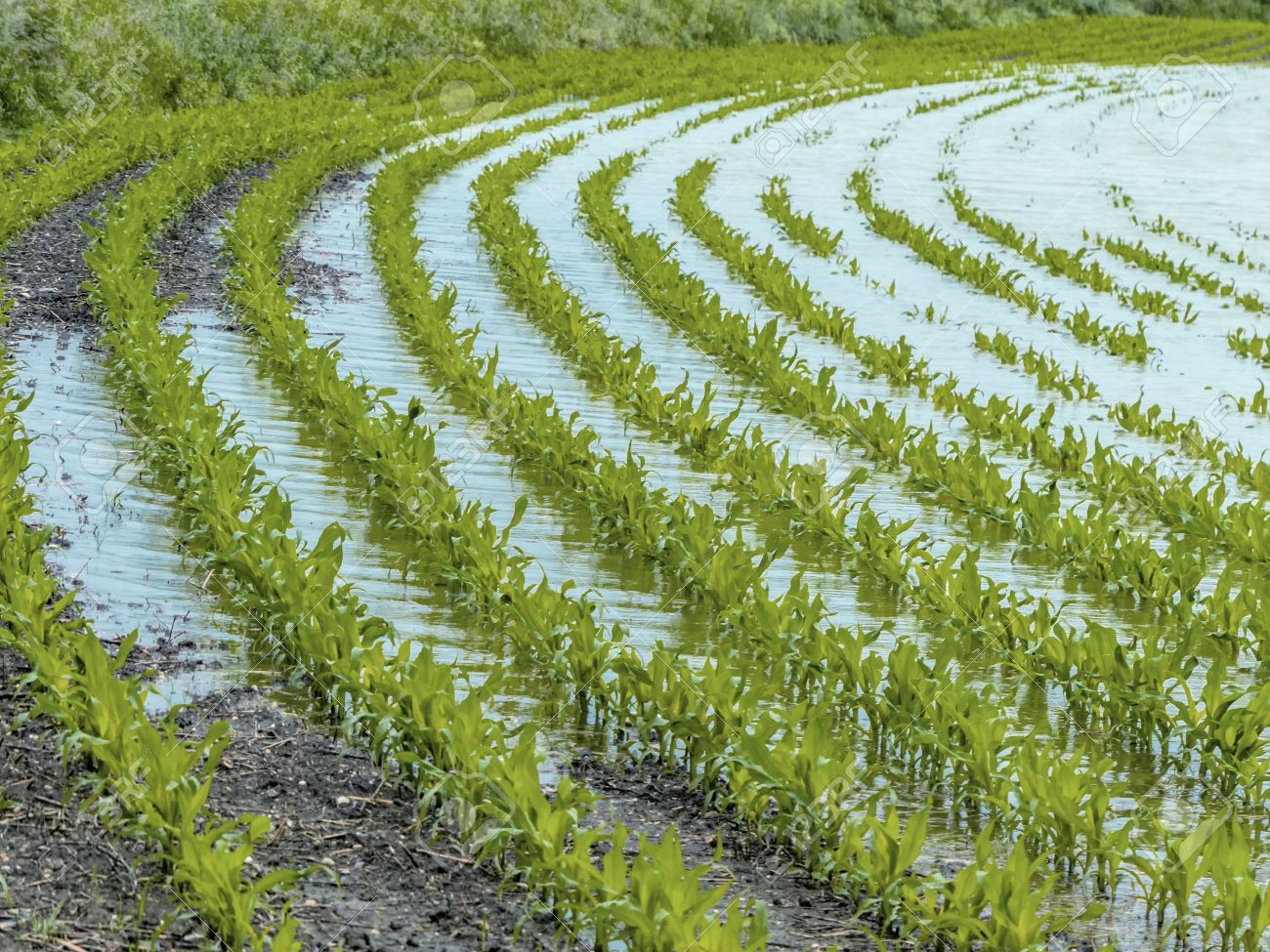Plenty of people in Centre County got outside to enjoy temperatures in the 60s and 70s earlier this month, but spring weather fluctuations continue to cause concern for local fruit farmers.
Those high temperatures in the second week of March caused apricots, plums and some peach varieties to blossom, according to Shan Kumar, assistant professor of tree fruit and Extension Educator at Penn State. Buds develop on fruit trees in late summer and stay dormant through the winter and, normally, the first part of spring. As soon as the weather warms, the buds blossom into a flower, which can die when the temperature drops below 28 degrees for more than three to four hours, Kumar said.
The stone fruit blossoms that flowered earlier this month must withstand several more weeks of potential frosts before they can mature into fruit.
“It’s not like a vegetable plant, where it’s easy to recover and make changes,” said Jason Coopey, owner of Way Fruit Farm in Port Matilda. “Once the flower freezes, it’s done for the year.”
Coopey explained that in the past, you could mark bloom times on a calendar: Apple trees would bloom routinely around the first week of May. Now, he said, those bloom times seem to be getting earlier and earlier, particularly for stone fruits like plums and apricots.
“From a practical perspective, these last few days have made me nervous, as trees are going to want to think about growing,” Coopey said on March 12. “It’s not good in my business: you want them to stay dormant longer. The longer they stay dormant, the better chance you have for them not to freeze off in some late spring freeze.”
Last year, Centre Region fruit farmers endured a late frost on May 18. That freeze cost Way Fruit Farm 25-35% of its entire crop of fruit, including apples. That same frost cost J.L. Farm and Cidery, which operates 814 Cider Works in State College, 30-40% of its apples.
“Fruit growing has always been a wildcard, with temperatures going up and down, which is somewhat normal, but it does seem to be exacerbated today than what it used to be,” Coopey said. “It’s happened so many times in last 10 years, I cannot remember a classic normal spring anymore. When was the last time we didn’t have 60- or 70-degree weather in March?”
Ten years ago, Chris Harner, owner of Harner Farm in State College, said he suffered a total loss of his apple crop due to frost when his apple trees bloomed in late March.
“The variability and these warmups that we get is the issue,” Harner said. “I would rather see it 40 degrees, all day every day, just to get consistency.”
Kumar noted that across the Northeast, climate change is affecting fruit producers in several ways, but the main concern in March and April is temperature fluctuations.
“The seesaw of weather, where we get very warm weather for a week or two that drops back to very cold again, stresses the trees,” Kumar said. “There is research going on currently that shows that these stressors add up over time and cause problems for the trees long term.”
Later in the summer, Kumar said, producers deal with the threat of hailstorms, which are becoming more frequent due to climate change. When apples sustain hail damage, farmers must sell them for processing in juice or applesauce at a decreased price than if they were to sell them at a produce market.
Droughts, as well as heavy rains following a drought, also are becoming more frequent due to climate change, Kumar said. Many small-scale fruit farmers do not have irrigation systems to withstand droughts, and deluges can cause fruit to crack.
“Every year, there is a different concern with climate change — erratic weather, deluges, up and down temperatures, droughts, hail events,” Kumar said. “If you are getting an apple in spite of all that, the farmer has crossed all of these barriers to get that perfect apple to you.”
Fruit farmers are making adjustments to account for these climate change-related impacts, particularly when it comes to earlier bloom times and frosts.
Andrew LeClair, owner of J.L. Farm and Cidery, said the timeline for pruning his apple trees over the dormant season has shortened significantly. Before, he would prune his 8,000 apple trees up until late April. Given warming trends in recent years, he has hired help to get pruning done before spring break on an expedited schedule.
“Every tree needs pruning to invigorate the tree and create new growth,” LeClair said. “If it stays consistent, it’s fine, but with the crazy drops and 40-degree temperature fluctuations, that’s where we see crop damage.”
Frost protection strategies, such as using heat, wind or water to warm orchards or create a frost barrier, have made strides in research but are not popular among local tree fruit farmers. LeClair called those strategies a gamble.
“We try to offset what we can’t control by controlling the amount of pruning we do on the trees and the number of buds we leave on,” LeClair said. “That way the tree has the best chance to produce as much fruit as it can, even when a frost comes.”
Source - https://www.centredaily.com


